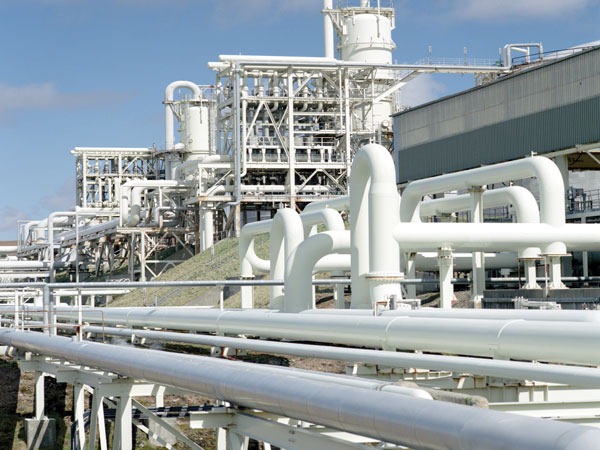A different technology revolution
‘Clean’ or ‘green’ tech has been heralded as the next technology revolution. Owen McQuade argues that energy technology is not the same as information technology and this new revolution will be different to the ‘tech revolution’.
The clean tech revolution has seen a stampede of tech people into the energy sector, all hoping to replicate the great leaps made in the IT sector. However, the idea that the exponential technological advances that have been made in the IT and networking technologies can be easily transferred to address the challenges in the energy sector is misleading.
The exponential advances have come about in IT because of fundamental drivers such as Moore’s law, which describes a long-term trend in computing hardware whereby the number of transistors that can be placed inexpensively on an integrated circuit has doubled approximately every two years. Energy expert Vaclav Smil has pointed out that for energy systems this is fundamentally and thermodynamically impossible, because of the hardware and processes that make up the hugely complex energy supply chain. Smil has termed this phenomenon “Moore’s curse”.
Unlike the internet, energy infrastructure does not offer an ‘application layer’ upon which additional services can be added. Smart meters will offer some increase in the amount of controllability but the value in this will be extracted over a relatively short period of time and makes up only a small fraction of the value in the energy supply chain. This increase in the controllability and energy management will be a step forward but much of energy use is constrained by the physical environment. Energy is simpler and less exciting than IT and yet it is much more important in many aspects.
Transition
Energy transitions are hindered by the physical environment and the sector’s infrastructure happens on a longer time frame than the tech sector. Shell’s chief executive Peter Voser has likened the 18 months a mobile phone company might typically take to develop a new mobile phone to a typical energy sector project, where the scale is much larger and 18 months feels like 18 minutes. Shell studied the energy mix throughout the 20th century and found that it took 30 years for new energy types to capture 1 per cent of the energy market.
Energy investment feels frustratingly slow, but those who have worked in the sector can appreciate that the existing energy infrastructure is huge and complex. Its scale is almost hidden, and not given a second thought as we turn on a light or fill up our cars. Unfortunately, unlike information technology, in energy technology you must contend with the law of thermodynamics. You can’t create energy. You can simply convert it into another form and move in around.
Yet there will be a data opportunity in and around smart metering and smart networks but most of the value will be in reconfiguring the supply network. It is estimated that to accommodate the higher penetration of wind and renewables by 2020, the electricity transmission network will require £1 billion worth of investment.
Transport
The prospect of introducing electric vehicles offers the chance to revolutionise the electricity grid. In addition to lower greenhouse gas emissions from electric vehicles, the charging of vehicles offers the opportunity of storing electricity. This, coupled with increased penetration of wind and marine renewable energies which are intermittent in nature, offers real synergy.
To accommodate increased renewable energy, driven by climate constraints and energy security of supply, we need to reconfigure our energy supply chain.
This is under way in electricity but it will take time. To introduce 3 per cent renewables into the primary energy mix has taken a couple of decades and to achieve some of the higher targets set by the European Commission will take a revolution in a sector that moves slower than many think.






